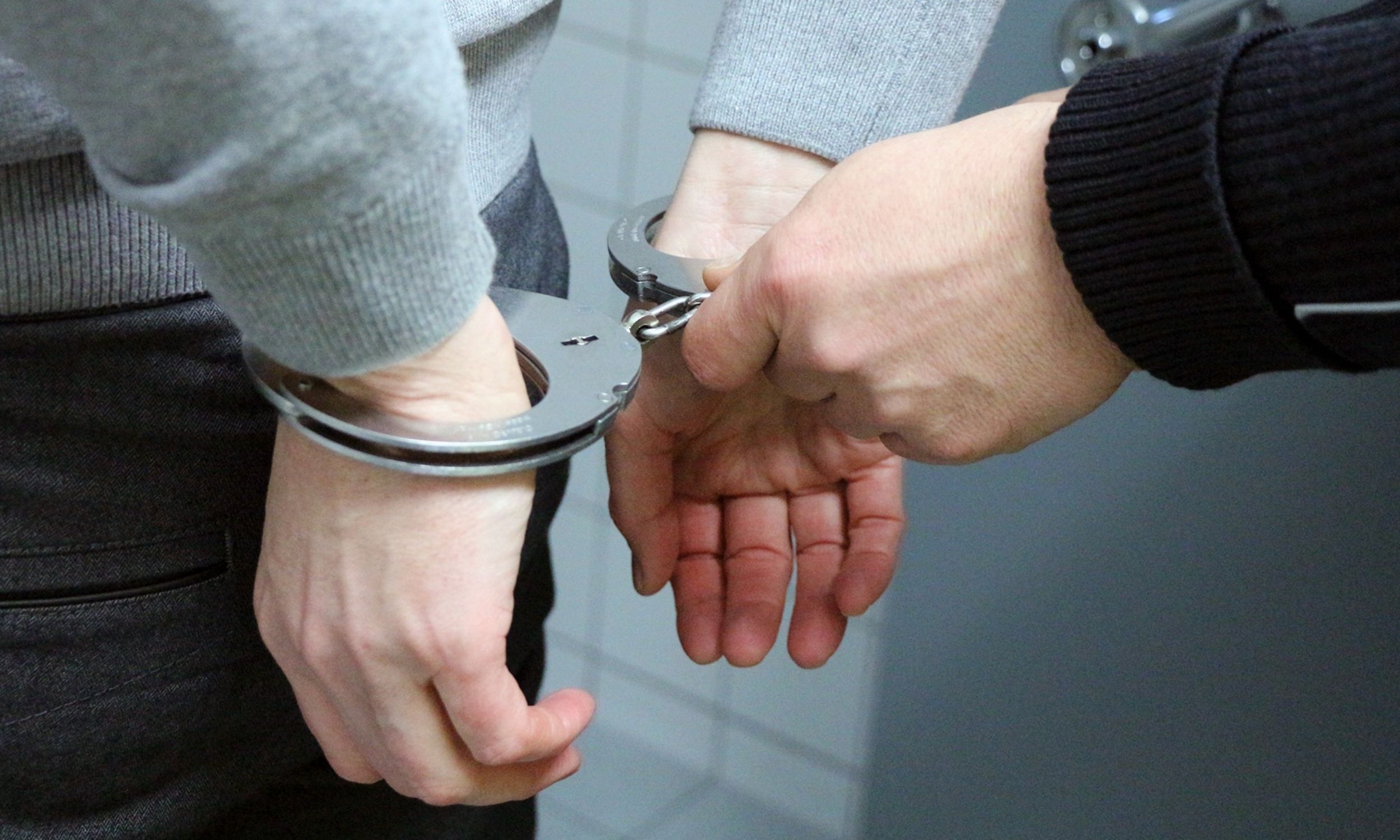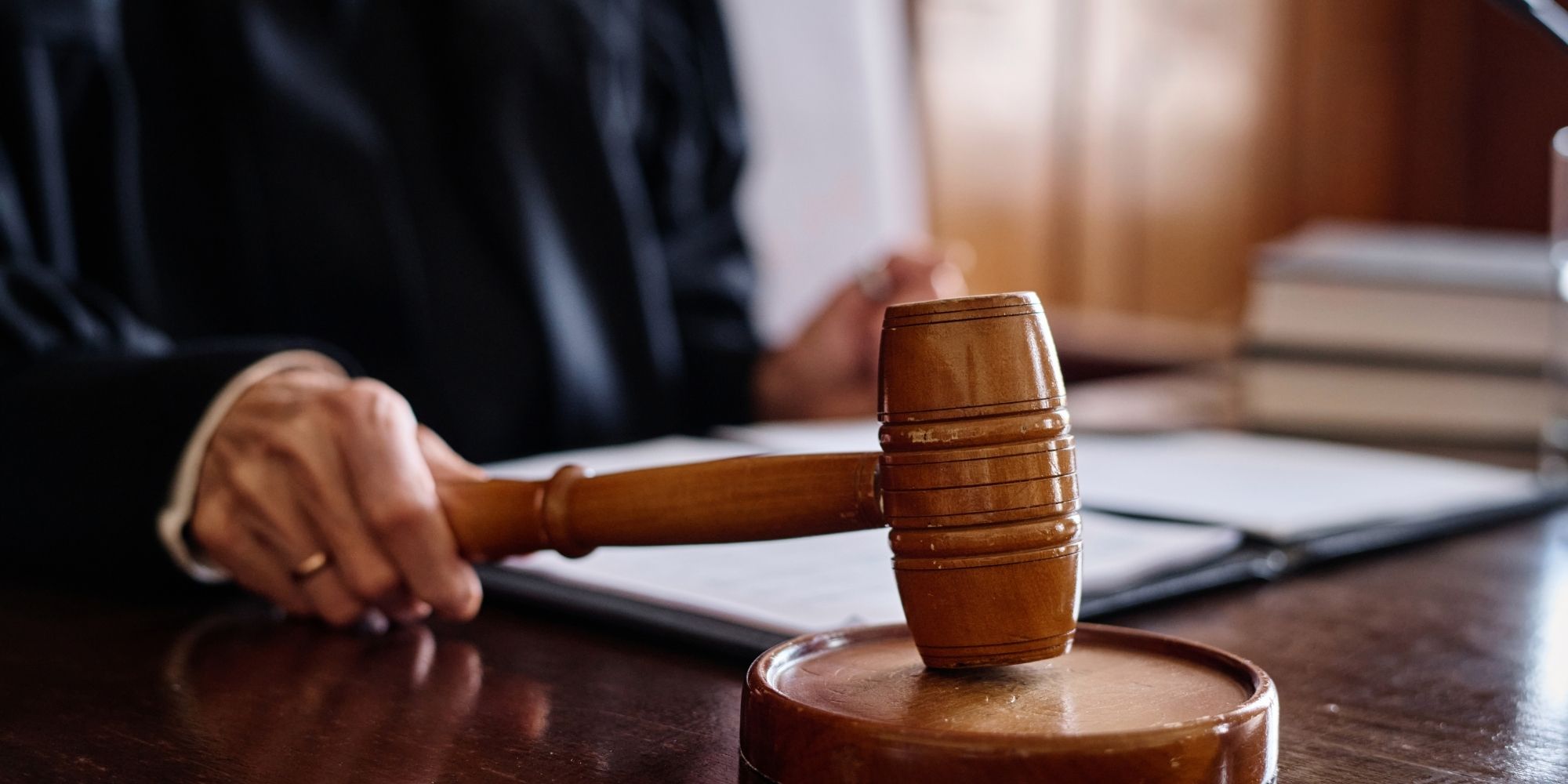Queens Grand Theft Arrests Demand Immediate Defense Action
If you are facing a grand theft charge in Queens, you can expect no delays in the prosecutors filing felony counts against you. These cases usually originate from accusations made at the workplace, disputes involving significant sums of money, or surveillance video from retail locations like the Queens Center Mall or Roosevelt Avenue. After the NYPD arrests you, the Queens DA’s office begins constructing a felony-level case against you that has serious conviction written all over it. At Petrus Law, we move with purpose and speed.
Individuals accused of violating the following statutes are defended by our team:
New York Penal Law §§ 155.30 through 155.42, where the property involved is worth over $1,000.
Our appearances at the Kew Gardens Criminal Court are almost daily, so we have a good knowledge of how to navigate before our cases reach a grand jury. And that’s how we like it: managing the case at our level before it escalates and is out of our hands.
New York’s grand theft doesn’t always mean stolen stuff; it can involve digital access, misuse of funds, or service disputes that prosecutors pump up. These cases often hit the defendants with nasty collateral damage like loss of employment, licensure, or immigration status. We know how felony theft charges stack. That’s why we start by reviewing the state’s receipts, videos, and electronic records; its internal policies; and R&R before the state finalizes its narrative.
Don’t hold on and let the court take over. Right now, call Petrus Law at (646) 733-4711 to protect your name and your reputation. If you want a quick look at the kinds of sentences people receive in New York for felony theft, check out the New York State Unified Court System’s “Overview of Criminal Penalties.”
How Queens Prosecutors Build Grand Theft Cases
When a person stands accused of grand theft in Queens, the prosecutors typically don’t wait for the whole tale to emerge. They busily assemble their side of the story, using forms, digital files, and snipped-together video. They almost always make their move before the defense has had time to go over what’s really there to go over. At Petrus Law, we work from our side of the aisle, scrambling to get everything the state used to piece together their felony-level arrest.
Much of what prosecutors use comes from documents provided by employers, store managers, financial institutions, and internal loss teams. These parties often make assumptions before they know who had access to what and when. That’s where we come in. By taking apart the case, we show how often weak evidence hides behind complex forms and spreadsheets. And then we get to the good stuff, who had access, who didn’t, and what it all means.
To see an overview of prosecutorial strategies and how they use evidence in criminal cases in New York, check out the New York Courts’ “Criminal Case Basics” guide.
Digital Records Are Used to Create Timelines
For the prosecution in Queens, a good place to start when building a case is with the digital footprints left behind by the employees accused of accessing internal systems without authorization. They look at the login histories, the access times and the timestamps provided by internal security. But just because someone accessed a system doesn’t mean they stole anything. Shared logins, automated systems, and team workflows all conspire to make it unclear who actually did what.
We question every presumption. Our group checks these documents against turnout logs, device histories, and job responsibilities. The timeline prosecutors like to push often falls apart upon close examination. If the login wasn’t secure or if several users accessed the same terminal, we make sure to highlight that.
Shared Devices Create Unreliable Data
In many places of work in Queens, staff members rotate through the same stations. That means a tablet, terminal, or register could reflect activity from several people in a short window. Prosecutors often overlook this and assign blame based on timing.
Working with forensic teams, we show why these logs can’t confirm intent. Timestamps and session overlaps often highlight weaknesses in the prosecution’s narrative, not evidence of a crime.
VPNs and Remote Access Cause Errors
When platforms that are not in the same location are used, the information they gather about that location becomes untrustworthy. In Queens, prosecutors often charge people based on location data they shouldn’t trust. Matters related to contractor disputes, alleged remote login theft, and even supposed internal audits gone wrong have all been prosecuted based on unreliable metadata.
Identifying cases of legitimate access from those where technical factors created false red flags is what my team does. We take the assumption that access = intent and build a counter-narrative that cuts through the technical fog.
Video Evidence Is Often Incomplete
The police arrest most Queens grand theft suspects when there is video evidence. But that video is seldom shown in full. Prosecutors tend to piece together edited segments from security systems found within stores, offices, or apartment complexes. Those segments can look incriminating. But what about when we zoom out a bit and see what they don’t want us to see?
We insist on raw video. We scrutinize custody of the video, the time it was made, the angle from which it was shot, and the logs that account for the making of the video. Some people may find that these are just nitpicky details. We know that they are not. We know that they are not.
Surveillance Can Miss Key Context
CCTV captures what moves but not the meaning of that movement. If a person is seen putting things into a bag and then walking towards the door, or if a person is seen at a self-service checkout, that footage might be interpreted as evidence of theft. Surveillance might not be the best for collecting evidence.
At Petrus Law, we demand every frame, not just the prosecutor’s favorite clips. We inspect every angle, and study every blind spot, to make sure we know what’s going on from every conceivable point of view. We also look at the other people who, for all sorts of reasons, good and bad, interacted with the same events in the same frames. And yes, all these details often make what initially appeared to be clear cut, look more like an abstract painting.
Chain of Custody Breaks Undermine Video
When files of surveillance are handled by several different people, say, private detectives, security personnel, or office workers in a corporation, there ought to be a documented chain of custody. If not, then the reliability of whatever was seen, or was supposed to have been seen, in the surveillance footage is in question.
We promptly demand preservation. If the evidence is not preserved in accordance with standard procedures, it has to be thrown out. How do we ensure that everything that is not supposed to be altered is not altered? We follow the guidelines. For digital evidence, we follow the NIST guidelines.
Financial Records Are Rarely Verified
In felony theft cases in Queens, where the crime involves credit use, refunds, or cash handling, the prosecution’s case often hinges on spreadsheets. Yet, those documents come almost exclusively from internal teams that already believe the suspect is guilty. If they had any doubt, they would have used the word “alleged” somewhere along the line.
But even using their dubious sources, prosecutors still don’t prove their case.
We inspect the assertions. We look closely at the logs of time, the records of shipments, the gateways of payment, and the notes of vendors. In numerous cases, the amount in question, when corrected, is not even close to the felony level.
Felony Thresholds Get Manipulated
Prosecutors seek charges that can bring felony-level penalties. To achieve those levels, they frequently combine unrelated transactions and add together claims from multiple times to build a larger, seemingly more impressive case. This not only increases the value they assign to what we’re prosecuting but also makes us look like we’re prosecuting more crimes.
We fight back. By taking each transaction and separating it from others, we usually manage to reduce the case to something that isn’t a felony, or we get them to drop it. Learn more about what qualifies as a felony in New York at the New York State Assembly’s sentencing reference page.
Witness Reports Often Lack Legal Support
Employers, loss prevention teams, or private citizens often file reports without understanding how theft law works. These complaints may be based on suspicion, not facts. Prosecutors then use them to justify felony charges that do not meet legal standards.
We interview these witnesses early. We review what they saw, what they assumed, and what they omitted. If their story changes or lacks legal grounding, we expose that gap before charges lock in.
Accusations From Supervisors Carry Bias
Supervisors sometimes report theft based on workplace disputes. If an employee raised concerns or was recently terminated, those reports may be retaliatory. We collect internal HR records and look for prior complaints or conflicts that shaped the accusation.
This early work shifts power away from the employer and back to the defense. It also raises doubt about the strength of the state’s case.
Civil Reports Are Used Improperly
Some Queens grand theft arrests start with civil demand letters. Retailers or vendors submit these letters claiming property loss, then refer the case for criminal prosecution. But these documents are not vetted or reviewed by law enforcement first.
We identify when these referrals come from outside the court process. If they were used to pressure charges, we file motions to suppress or disqualify those records from trial. For more on standards related to pretextual complaints, review this DOJ fraud referral policy overview.
Common Weaknesses in Queens Grand Theft Cases
In Queens grand theft cases, prosecutors often rush to file felony charges before the full facts are understood. At Petrus Law, we challenge how those cases are built: line by line and frame by frame. Most of the evidence that forms the basis of these arrests looks stronger than it really is. Our job is to show where the story breaks down and how weak evidence often drives serious consequences.
Many felony theft charges rely on assumptions that do not hold up in court. Digital records, clipped video, and employee statements are often treated as proof, but they fall apart under scrutiny. Our attorneys push back against early indictments and challenge inflated narratives that prosecutors hope will never get tested.
Video Evidence Often Misses the Truth
Security footage used in Queens grand theft cases is rarely complete. Prosecutors typically receive selected clips edited by store security, loss prevention teams, or investigators. These clips often skip over what happened before or after the key moment, leaving out critical context.
We demand uncut footage. We request camera logs, storage records, and playback files. Often, the full video shows interactions that contradict the state’s case or prove the alleged theft never occurred at all.
Time Gaps Undermine Prosecutor Claims
Most surveillance systems in Queens businesses do not record continuously. They trigger based on motion, which leaves gaps. These missing frames can erase important details, including whether a person paid for an item or handed it to another employee.
We show how those gaps create doubt. If the prosecution cannot fill in the blanks, the charge loses strength. That failure often becomes our advantage.
Loss Totals Are Frequently Inflated
Queens prosecutors often rely on inflated loss reports from stores, contractors, or employers. These reports frequently round up totals, combine unrelated transactions, or use internal estimates. This tactic pushes the alleged value over the $1,000 felony threshold.
Our defense starts with breaking those numbers apart. We review receipts, vendor contracts, and inventory reports. If the true value falls below the felony limit, we file motions to reduce the charge. In some cases, we use those findings to request full dismissal before indictment.
Internal Reports Are Not Verified Evidence
Most loss figures are provided by the complainant without outside review. In Queens grand theft cases, that often means a store manager or HR representative controls the numbers. Prosecutors accept these numbers without confirming them.
We expose that weakness. When the state relies on documents that were never audited or reviewed, we challenge the legal basis of the charge.
Witness Statements Change Under Pressure
Many theft cases in Queens begin with a single accusation. That witness could be a supervisor, co-worker, security guard, or delivery driver. Their version of events becomes the basis for arrest, but that version often changes once we start asking questions.
At Petrus Law, we request all interview transcripts, bodycam footage, and internal memos tied to those witnesses. If the original story shifts or contradicts later testimony, we file suppression motions and demand pretrial hearings.
Store and Workplace Bias Influences Testimony
In stores and offices across Queens, theft accusations sometimes come after disciplinary actions, firings, or internal disputes. We investigate those dynamics early. A witness who has a reason to make a false claim cannot be trusted without challenge.
That bias becomes a core piece of our defense strategy. We show the judge where the prosecution leaned too hard on shaky testimony, and we use those flaws to strengthen your position before the case ever reaches a jury.
Digital Access Logs Do Not Prove Theft
In grand larceny cases involving system access or device use, prosecutors often rely on login histories. These records can show when someone entered a system or scanned an ID card, but they rarely prove intent. Prosecutors assume access equals guilt. That’s where we push back.
We retain forensic analysts to review login metadata, device permissions, and software activity logs. Many systems used in Queens stores, city agencies, and businesses allow shared sessions, auto-login, or remote override. That complexity matters.
Shared Terminals Skew the Story
When multiple people use the same system, prosecutors struggle to prove who completed a transaction. We use internal policies, clock-in data, and access logs to highlight this issue. If the system doesn’t prove who clicked what, the case becomes circumstantial, not criminal.
Felony Enhancements Are Often Overcharged
Felony theft charges in Queens are sometimes filed with additional counts such as forgery, criminal possession, or benefit misuse. These added charges are used to increase pressure and drive plea deals. But in many cases, those enhancements do not hold up under legal review.
We file motions to sever unrelated charges and isolate what the evidence actually shows. When the state combines weak charges just to build leverage, we tear that structure apart.
Financial Crimes Are Misapplied in Theft Cases
If a theft case involves any kind of form, account, or transaction, prosecutors may add fraud or false instrument charges. These are often filed under Article 175 or Article 190 of the New York Penal Law. But those statutes require clear proof of intent, proof the state rarely has.
For cases involving digital or financial transactions, we also review whether the charge includes accusations under 21 USC Subchapter I Part D or 21 USC 812. These federal statutes are sometimes cited improperly in Queens theft cases. When they are, we move quickly to block jurisdictional overreach.
Call a Queens Grand Theft Lawyer Now
If you are facing a Queens grand theft charge, timing matters more than anything. Prosecutors build these cases fast and file felony charges before you have a chance to respond. That is where we step in. At Petrus Law, we act early, challenge the state’s version of events, and file aggressively to protect your record.
Whether the arrest happened in Flushing, Astoria, Forest Hills, or Jamaica, our legal team has defended clients in the exact courtroom where your case will be heard. We know the judges, the DAs, and the system that controls the outcome if you do nothing. Don’t let them decide your future without a fight.
Call (646) 733-4711 now to speak with a defense attorney who handles Queens grand theft, benefit fraud, and larceny-related cases. To learn how we defend broader financial allegations, visit us online.
Get In Touch
Schedule a Free Legal Consultation With Us
If you or a loved one needs the assistance of a New York criminal defense attorney, don’t hesitate to reach out. Paul D. Petrus Jr. can help you with his extensive experience in a variety of criminal areas.
- Proven results
- Years of courtroom experience
- Affordable fees and payment plans
- We are available 24/7 for clients









